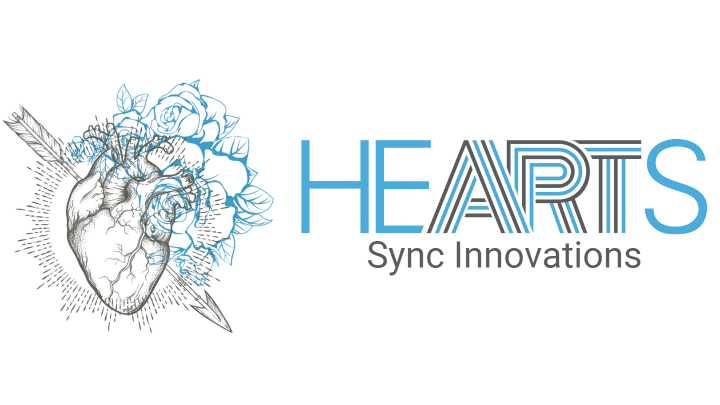Anti-aging often resembles an overcrowded toolbox: many shiny gadgets, but only a few deliver real power. What works is surprisingly unspectacular – and scientifically solid. This article separates myth from mechanics, so you can leverage the few levers that truly slow down aging and extend performance.
Aging is not a single event but a network of processes: cellular senescencecells exit the division cycle and send inflammatory signals, oxidative stressexcess reactive oxygen species that damage proteins, fats, and DNA, photoagingpremature skin aging due to UV radiation, and inflammagingchronic, low-grade inflammation in aging. Myths arise because we love simple solutions – “miracle cream,” “magic smoothie,” “biohacking in 7 days.” Yet, real anti-aging strategies act systemically: they protect DNA, stabilize the extracellular matrix of the skin, modulate inflammation, and maintain the length of telomeresprotective caps of chromosomes, whose shortening marks cellular aging. What matters is not a single product but the sum of repeated, intelligent micro-decisions – daily sun protection instead of occasional detox, restorative sleep instead of nightly toil, stress hygiene instead of constant pressure, omega-3 instead of the inflammatory overload of omega-6.
UV light not only accelerates wrinkle formation but alters the biology of your skin: UVA penetrates the dermis, generating reactive oxygen species, driving the loss of elasticity and dyschromia; UVB causes direct DNA damage. This cascade promotes photoaging and increases the risk of skin cancer – a clear argument for consistent photoprotection [1] [2]. Sleep deprivation shows evidence at the cellular level after just one night: genes involved in DNA damage response and the senescence-associated secretome are upregulated – a pattern that mimics biological aging and is associated with faster skin aging and performance losses [3]. Chronic stress is the silent accelerator: it shortens telomeres, exacerbates inflammatory processes, and undermines regeneration; mindfulness and yoga practices show opposing effects and stabilize health-related markers [4]. Meanwhile, nutrition acts as an inflammation regulator: a higher omega-3 status dampens pro-inflammatory cytokines, slowing aging processes in vessels, the brain, and skin, and strengthening functional reserve [5] [6].
Dermatological reviews confirm UV as the main driver of extrinsic skin aging: UVA generates oxidative damage in the dermis, UVB causes direct DNA lesions; comprehensive photoprotection – shade, clothing, wide hats, sunglasses, and modern sunscreens with broad-spectrum protection – reduces photoaging and lowers the risk of premalignant and malignant skin lesions [1]. Population-based findings from highly exposed countries such as Australia show: despite awareness campaigns, photoaging remains widespread, underscoring the importance of individual protection strategies in daily life – not just for aesthetics but for mental health and cancer prevention [2].
An experimental sleep deprivation protocol in older adults causally demonstrates: even a partial reduction in sleep activates genes related to DNA damage response and the senescence-associated secretome in immune cells; the effect corresponds to a short-term “acceleration” of biological aging processes – reversible but relevant for every performance phase [3].
From a nutritional perspective, a large review and a randomized, double-blind intervention study provide complementary evidence: omega-3 fatty acids (EPA/DHA) reduce inflammatory signaling pathways, improve age-related metabolic markers, and lower an aggregated inflammation scale in older, active individuals; the benefit is particularly pronounced in those with pro-inflammatory baseline diets and older age [5] [6]. These findings support a simple yet powerful idea: inflammation is a central aging mechanism – and omega-3 can slow it down.
For stress reduction, a narrative review presents a consistent picture: yoga and meditation modulate oxidative burden, inflammation, and telomere length – biological pathways that affect longevity and cognitive health [4]. Mechanistically plausible, practical in daily life – and relevant for performance.
- Reduce UV exposure intelligently: avoid midday sun, seek shade, wear tightly woven clothing, sunglasses, and a wide-brimmed hat. Apply a broad-spectrum sunscreen (UVA/UVB, ideally also visible light) with high SPF and a sufficient amount daily; reapply during outdoor activities. This protects against photoaging and skin cancer risk [1] [2].
- Schedule sleep like a board meeting: 7–9 hours in a consistent sleep-wake rhythm, use a cool, dark sleeping environment, and reduce screen light and caffeine in the evening. Even a short reduction triggers aging signatures in immune cells – prioritizing sleep pays off [3].
- Establish stress hygiene as a daily practice: 8–12 minutes of breath meditation followed by 10–20 minutes of yoga or gentle stretching, 5–6 days a week. Aim: parasympathetic activation, telomere protection, and better emotion regulation [4].
- Optimize your fatty acid balance: 2–3 servings of fatty sea fish per week (e.g., salmon, mackerel, herring) or 1,000 mg EPA+DHA per day as a supplement, especially with low fish intake. Combine this with a reduction of highly processed, omega-6-rich snacks and oils. Expect: less low-grade inflammation, better cardiometabolic markers, potentially improved skin quality [5] [6].
- Pro tip for high performers: put an “INFLA-Check” on the agenda once a quarter (nutrition protocol, omega-3 index, vitamin D status). Small course corrections over months outperform any frantic year-end adjustment [6].
Less myth, more mechanics: manage the sun, sleep well, systematically reduce stress, and ramp up omega-3 – these are the levers that slow aging and extend performance. Start today with daily sun protection, a fixed sleep window, and 10 minutes of breathing exercises. In 12 weeks, you’ll measure the difference – and you’ll feel it.
This health article was created with AI support and is intended to help people access current scientific health knowledge. It contributes to the democratization of science – however, it does not replace professional medical advice and may present individual details in a simplified or slightly inaccurate manner due to AI-generated content. HEARTPORT and its affiliates assume no liability for the accuracy, completeness, or applicability of the information provided.













